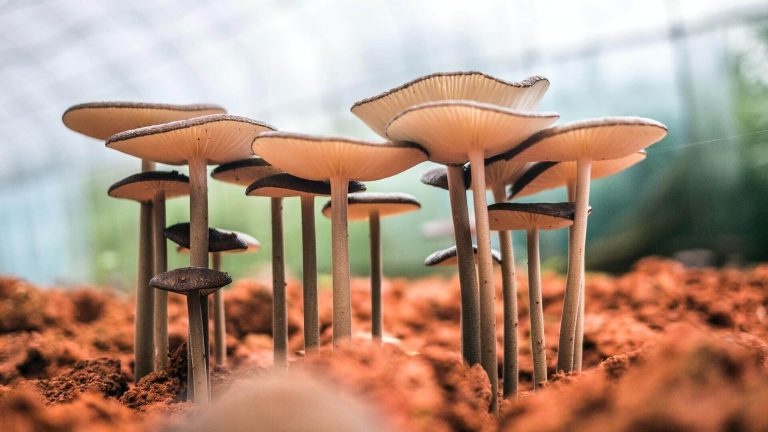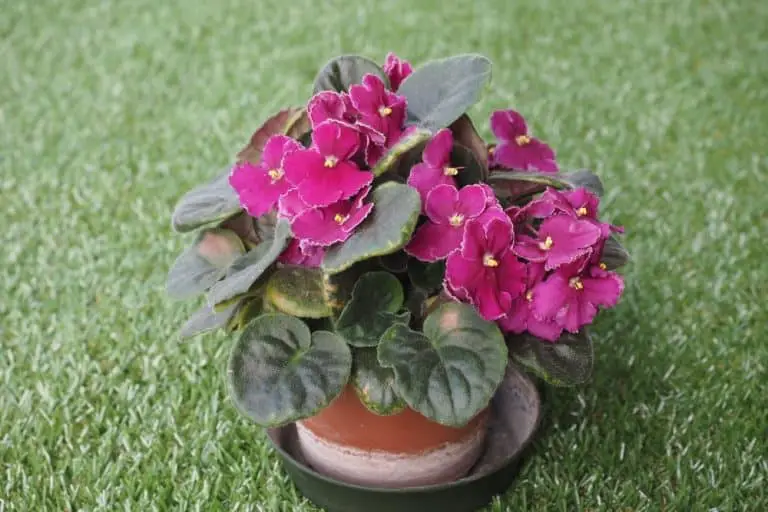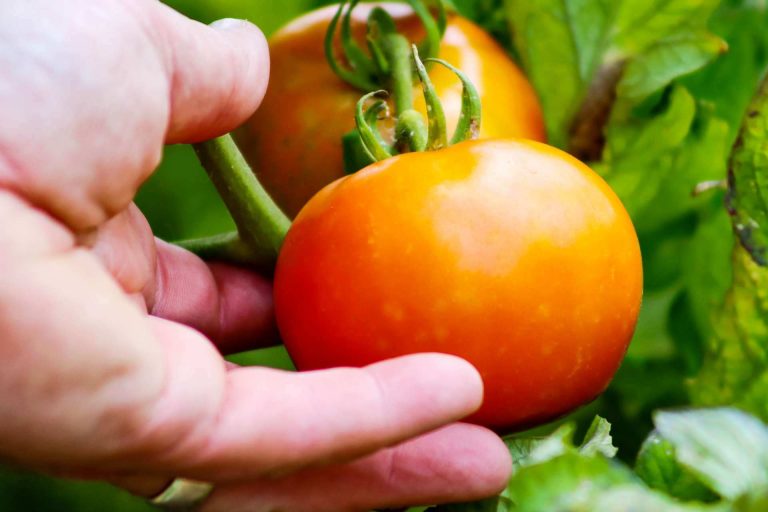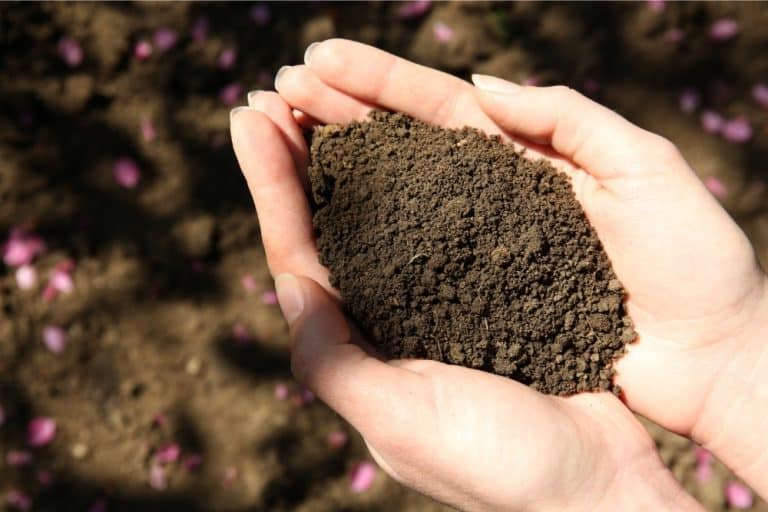17 Companion Plants for Raspberries & What To Avoid!
If you are looking for companion plants for raspberries then you should read this.
Raspberries can easily be grown if the conditions are right. Raspberry seeds are carried by birds and dropped in different regions and they start growing.
However, you realize that it’s struggling to grow in your yard no matter how hard you try.
When you are planning to grow these sweet berries in your yard, you have to choose the right companion plants to grow with them.
So, what to plant near raspberries?
Let’s take a closer look on what are the best companion plants for raspberries and what are the benefits of companion planting.
I have also included a list of plants to avoid growing next to raspberries. Read on to find out more about it.

Here’s a summary of 17 top choices of companion plants for raspberries
1. Marigold
2. Legumes
3. Alliums
4. Chervil
5. Turnips
6. Lavender
7. Spring Oats
8. Yarrow
9. Nasturtium
10. Winter Rye
11. Wildflower
12. Chamomile
13. Mint
14. Tansy
15. Crimson Clover
16. Buckwheat
17. Thyme
Affiliate Link Disclosure
Some of the links on here are affiliate links and I may earn if you click on them, AT NO EXTRA cost to you. I hope you find the information here useful! Thank you!
Related Posts
- How to Start Your Own Permaculture Vegetable Garden
- How To Get Rid Of Pot Worms [A Quick And Easy Guide 2022]
- How To Sterilize Soil In Many Different Ways!
17 Best Companion Plants For Raspberries
Raspberries are shrubs from the genus Rubus (Rose family). They make a good companion plant when paired with the right plant. What grows well with raspberries?
Now let’s explore what are the best companion plants for raspberries.
1. Marigold
Marigolds are mainly used to attract pollinators and also brighten up your garden. However, marigolds are also natural pest repellents.
Nematodes and eelworms are some pests that could destroy your raspberry plants. Marigolds are said to be a natural repellent against these pests.
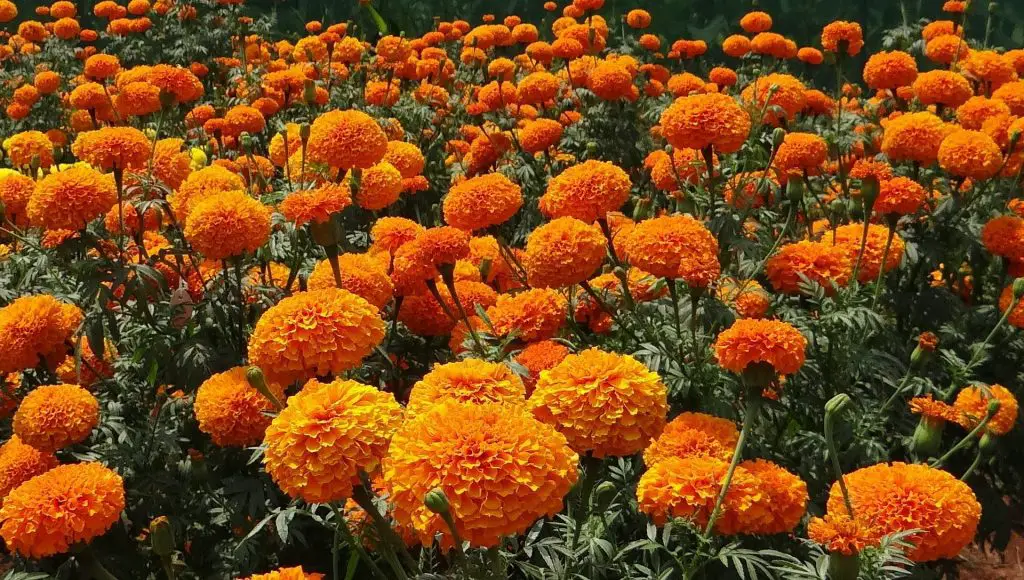
Picture Credit : pixabay
2. Legumes
Legumes are nitrogen-fixing plants, which means they release nitrogen into the soil and increase the nitrogen level. Nitrogen is essential for the good growth of a plant. Therefore legumes are a good companion plant for raspberries as they provide good soil nutrition.
Some examples of legumes that can be added as companion plants for raspberries are:
- Beans
- Chickpeas
- Lentils
3. Alliums
Garlic and onions belong to the allium family. They release a pungent sulphuric odor which helps to shield the sweet smell of raspberries. This can help to increase the fruit yield.
Another plus point of alliums is that they have antifungal properties. This can prevent the disease of the raspberry plant as well.
The sweet smell of raspberries can easily attract pests. Alliums also help to repel deer and rabbits as well.
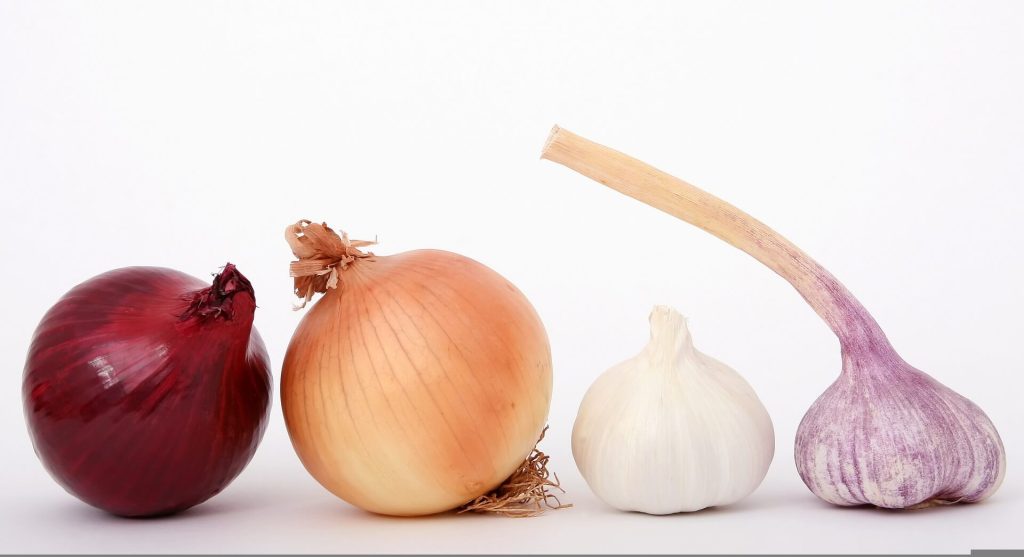
4. Chervil
Chervil is a type of herb which is also more commonly known as French parsley. Chervil grows about 2 feet tall which is useful to protect raspberry plant roots against direct sunlight, especially in summer.
Chervil also deters squash bugs which could destroy raspberry plants.
5. Turnips
Turnips are root vegetables and are commonly grown in cool weather. A larger variety of turnips can be grown to feed your livestock. In the year 1700, turnips were used in the crop rotation system. The crop rotation system maintains the soil nutrition and prevents the growth of weeds.
Turnips are useful in companion planting with raspberries in maintaining soil nutrients.
Turnips are also known as trap plants. Trap plants attract pests and insects away from crops. Turnips used as companion planting with raspberries repel pests such as aphids, especially Harlequin beetles.
6. Lavender
Lavender is also well known as a drought-tolerant plant.
Lavender has an attractive color that is loved by people, however, its strong odor repels pests. Lavender helps to protect the plants nearby against wildlife nibblers.
Adding lavender to raspberries as a companion plant can also make your garden a pleasant view to look at.
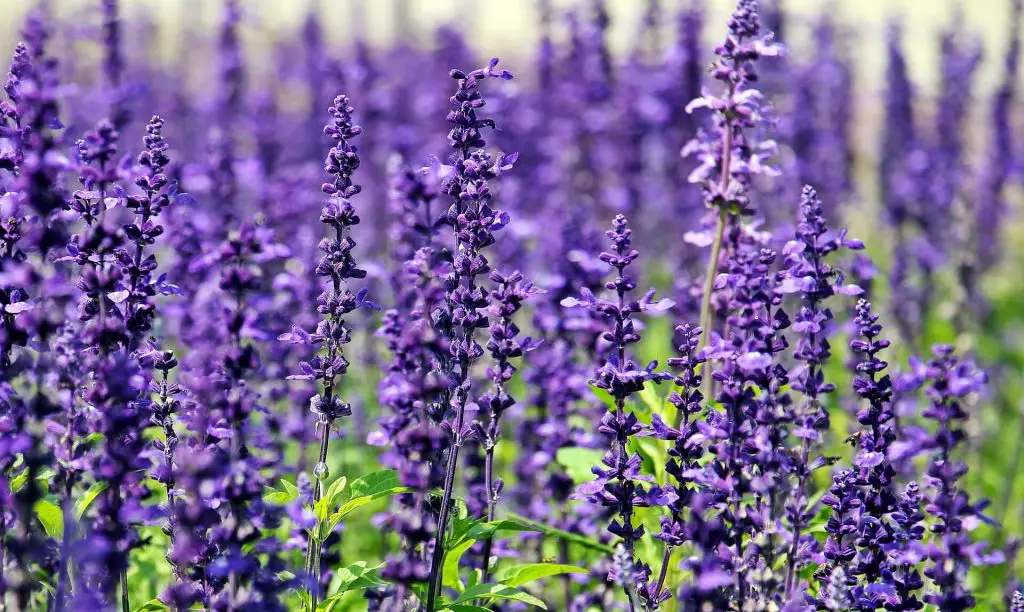
7. Spring Oats
Spring oats are known for their role in suppressing weed growth and also to prevent soil erosion. Farmers use spring oats as nitrogen catch crops to increase the soil nutrient which in turn will be beneficial for raspberry plants.
8. Yarrow
Pollination is important to increase fruit yield. The pollen and seeds of the yarrow spread through the wind. Yarrow attracts pollinators therefore planting raspberries next to yarrow can increase fruit yields. It also repels aphids and harlequin bees.
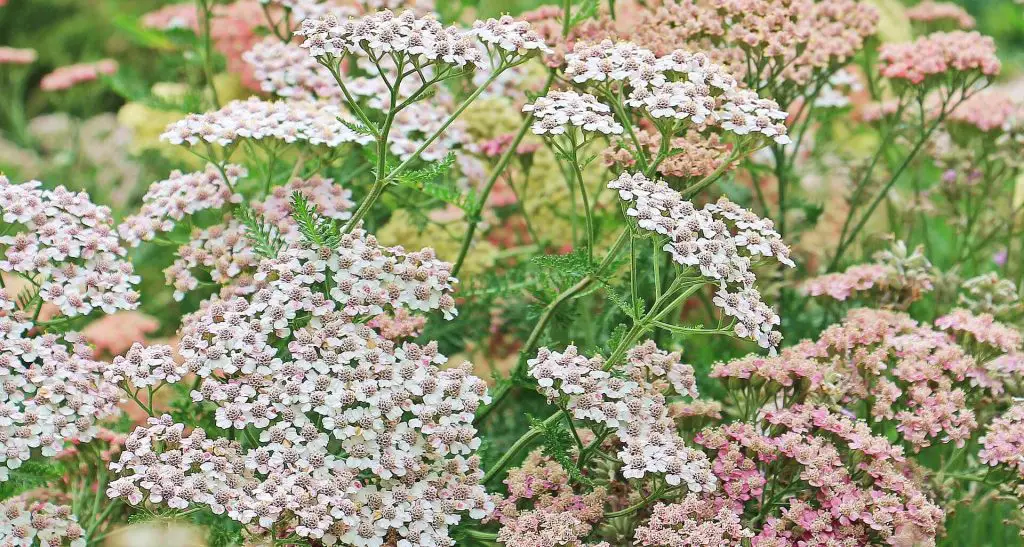
9. Nasturtium
Nasturtiums are beautiful bright colored flowers and have a lot of benefits as companion plants. Nasturtiums are used as biological pest control as they possess pest-repellent properties.
They act as trap crops which means they help to attract pests leaving the raspberry plants from getting invaded.
Nasturtiums have sweet nectar and they are also edible flowers. The sweet nectar and the bright color attract pollinators.
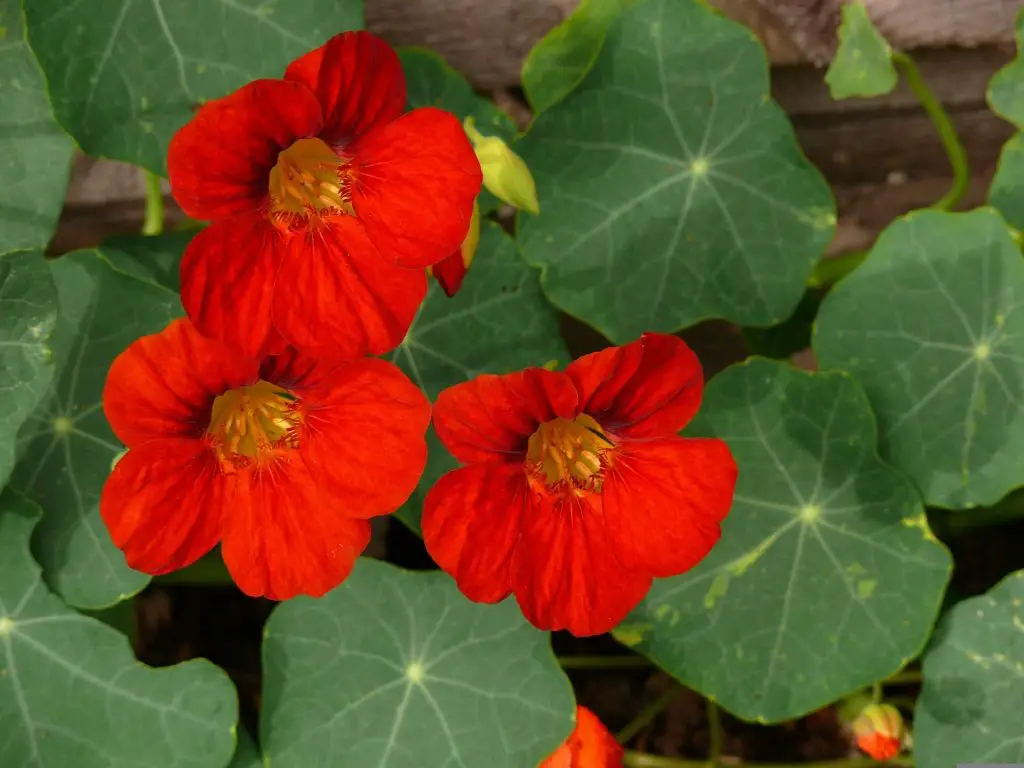
10. Winter Rye
Winter rye is a type of cereal or grain that is useful to gardeners as a cover crop plant. They can be planted in a way that they would take up the space instead of the weeds.
This makes winter rye a suitable companion plant for raspberries.
11. Wildflower
Wildflowers are flowers that grow anywhere in the wild, where it was not intentionally planted. New England Aster, Daisy, and White water lily are a few examples of wildflowers.
Wildflowers attract pollinators which will maximize the chances of pollinators visiting the raspberry plants as well.
12. Chamomile
There are 2 types of chamomile – German chamomile and Lawn chamomile – and both are suitable as companion plants.
Chamomile is effective in preventing damping off in the garden. Damping off is a condition where there is fuzzy and mold-like growth over the plant root, stems, and even on the soil.
They also possess a lot of medical benefits. They are used in tea as they are said to reduce menstrual cramps. Chamomile also helps to reduce inflammation in arthritis. It is also sometimes used to treat colds.
Researchers also believe that chamomile has benefits for those who are having sleeping difficulties as chamomile may function like benzodiazepine.
You can also use them to make your own fungicide spray.
Chamomile flowers also attract ladybirds and wasps. These bugs are predatory to certain pests.
Chamomile draws nutrients to the base of other plants by promoting beneficial nitrogen-storing bacteria.
Not only does it make a good companion plant for raspberries, but they also make a good addition to your tea!
13. Mint
Mint makes a great addition to your herb garden as well as a good companion plant for raspberry.
Pulegone is a substance that naturally occurs in mint oil. Pulegone serves as a natural insecticide. It is effective in repelling ants, aphids, and spider mites which are common pests for raspberry plants.
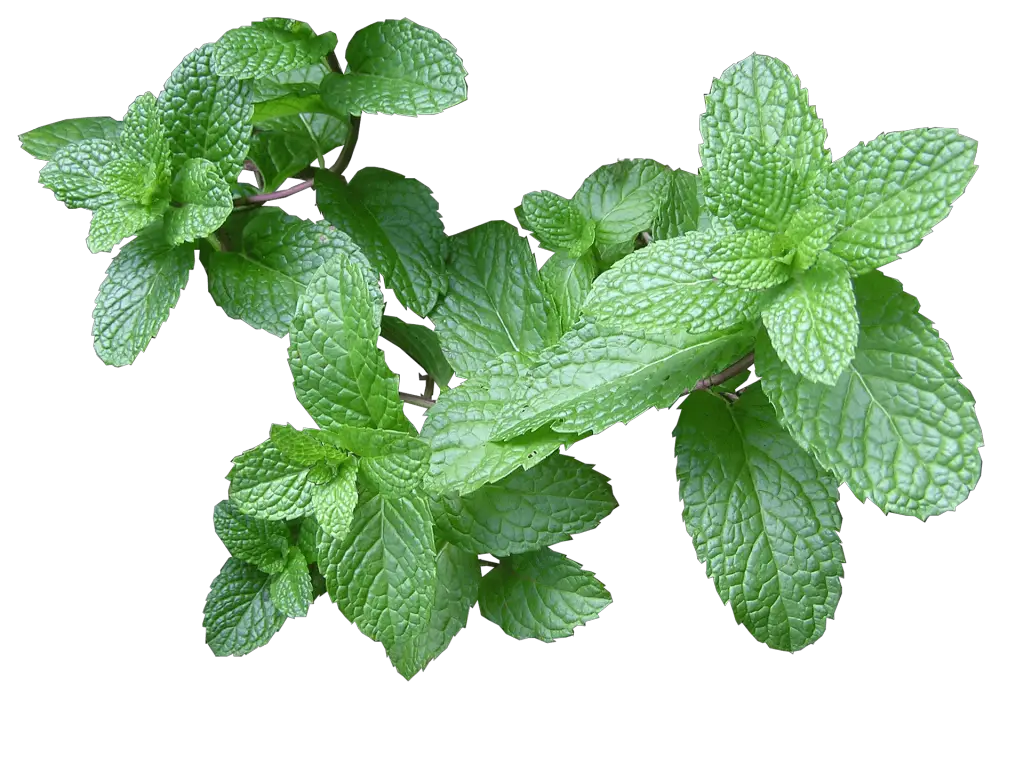
14. Tansy
Tansy is a yellow button-like flower and provides lots of benefits to your garden. They are very easy to grow and are drought-tolerant plants. Tansy emits a pungent odor which acts as an insect repellant.
However extra care has to be taken as tansy is poisonous to animals and can become a noxious weed and take over the area. You can plant it in a pot to avoid this situation.
15. Crimson Clover
Crimson clover is a type of cover crop and benefits as companion planting by its nitrogen-fixing property. This helps to increase the soil nutrient as well as prevent weed growth.
16. Buckwheat
Buckwheat is planted for its grain-like seeds and makes a good cover crop plant for raspberries, especially during summer. The plant grows upright to about 60cm which helps to filter the bright sun from getting to the raspberry plant.
Buckwheat is also a flowering plant, thus helping to attract pollinators as well.
17. Thyme
Thyme benefits raspberry if planted as a companion plant by releasing a chemical known as anthocyanin. This chemical produces a strong scent that repels pests and also improves the flavors and growth of raspberry.
Thyme has a fast growth rate, therefore you can easily use it for your daily cooking.
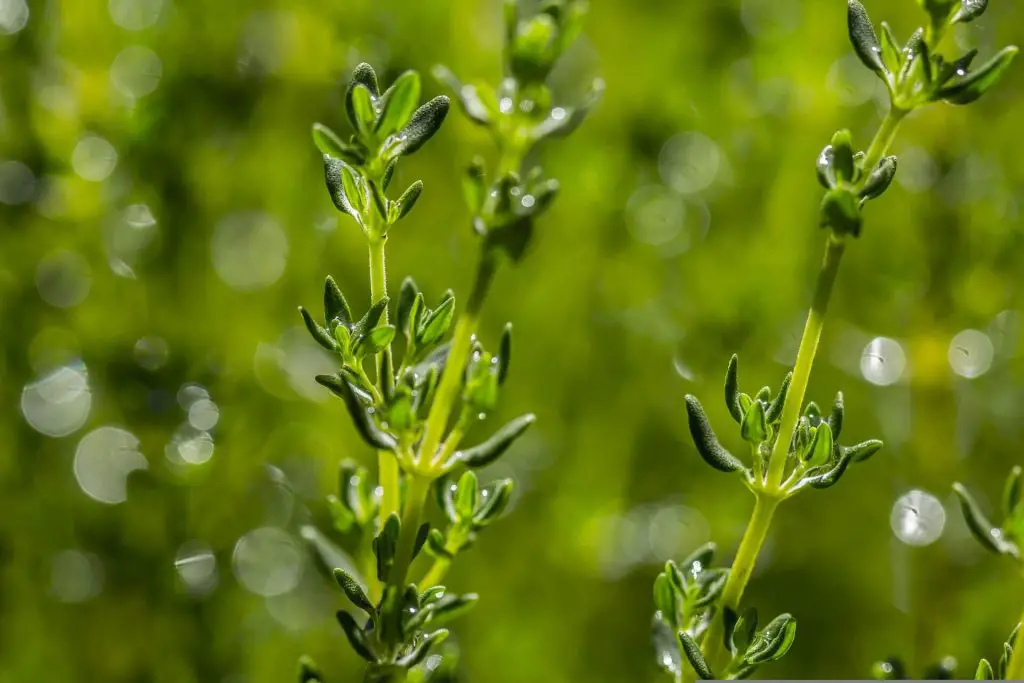
What Is Companion Planting?
Companion planting is one of the gardening methods that has been used by gardeners and farmers for thousands of years to protect crops naturally. Although there is little scientific research behind it, it has been practiced effectively to date.
However, research was conducted to see the effect of companion planting in attracting pollinators to increase yield. It was found that companion planting significantly increased both the yield and market quality of strawberries, suggesting an increase in insect pollination.
Another study was conducted on whether companion plants would provide protection against common vegetable pests. It was found that intercropping with a companion plant has more advantages than none.
Although companion planting has its benefits, without proper knowledge of it, it may turn out to be a disaster as not all plants may go along with each other.
To put it in simpler words, companion planting means planting vegetables or fruits together with flowers to reap their benefits from each other.
What Are The Benefits Of Companion Planting?
Companion planting is one of the easiest ways of gardening without using any pesticides as they resemble a natural ecosystem. These are a few benefits that you will see if you are practicing companion planting in your garden.
1. Saves Space
One of the reasons people opt for companion planting is to save space. You might have a lot of plants to plant but have limited space. You can use the space below a tall tree by planting a vining plant.
Another way of utilizing companion planting to save space is by planting quick-growing crops in between rows of slower-growing crops.
For example, growing radish and carrots together saves space as radish grows faster compared to carrots. While you are harvesting radishes you can leave the same space for the carrots to grow.
2. Pollination
Including herbs or flowers as companion planting can attract bees and butterflies for pollination which in turn helps the flowers and fruits to flourish.
3. Natural Pest Repellent
Research conducted on the benefits of companion planting shows that it is a form of natural pest repellent. The research conducted on companion planting with French marigolds and short-vine tomatoes shows the slow development of whitefly populations.
A trap crop is another example of a companion plant that is used to attract insects and pests away from crops. Pelargonium geraniums are examples of trap crop plants that are planted among rose bushes to attract Japanese beetles. Geraniums are toxic to Japanese beetles.
4. Enhances Productivity
It was said that companion planting yields more food and more protein compared to monoculture cropping systems.
One great example is the three sisters method which was practiced by Indigenous peoples of North America. The three sisters include maize, beans, and squash which are planted together and increase yields as they benefit each other.
5. Keep Weeds Away
Companion planting when planted within proximity to each other occupies the space which prevents weeds from growing.
Squash when planted together with maize and beans forms a dense canopy from their vines which prevents the growth of weeds.
Note: You can also use natural weed killers available on the market.
6. Prevents Soil Erosion and Maintains Soil Nutrition
Cover crops are planted as companion plants to cover the soils. The sole purpose of cover crops is to prevent soil erosion.
Some plants are called heavy feeders which means they require a lot of nitrogen whereas some plants are called light feeders. Whereas there are also nitrogen-giver plants.
Legumes are examples of nitrogen givers and make a good companion plant. A good combination of companion planting consists of heavy feeders, light feeders, and givers.
7. Provides Shade and Shelter
Tall and dense plants provide shade and shelter when planted together with plants that do not need much sunlight. For example, planting lettuce under tall corn plants helps to prevent bolting.
This can also save you some money on spending extra to build shelters or sheds.
What To Consider When Choosing Companion Plants For Raspberries?
Before deciding what to plant with raspberry there are a few things to keep in mind.
1. Space
Make sure not to overcrowd your garden of raspberry bushes with companion plants. Leave some space between each plant for them to grow and give their maximum yields.
2. Water Requirements
Choose a companion plant that will require the same amount of water as a raspberry plant.
3. Benefits
Consider the benefits of the companion plant for raspberries before choosing the appropriate plants. Different companion plants serve different purposes. Make sure to know what you are trying to achieve for your main plant.
4. Avoid Competition
Raspberry plants are very sensitive. Avoid choosing plants that are going to compete for resources with your raspberry plant.
5. Bloom Season
If you are choosing a companion plant to attract pollinators make sure they bloom at the same time as the raspberry plant.
What Plants To Avoid Planting Near Raspberries?
Companion planting has a lot of benefits, however, not all plants can be planted together. Some plants when planted together with raspberry may cause damage to the raspberry plant. What are bad companion plants for raspberries?
1. Blackberries
Avoid planting black raspberries with wild raspberries or blackberries as the fungal disease in the soil can easily spread among them. Other plants that are suitable for black raspberry companion planting are gooseberry, alliums, and mint.
2. Chili and pepper
Chili and pepper plants should be avoided as companion planting for raspberries as they also easily cause fungal infections in raspberry plants.

3. Nightshade
Tomatoes, eggplants, and potatoes are examples of nightshades that should not be avoided as a raspberry companion plant. Nightshade causes blight and verticillium wilt in raspberry plants.
4. Strawberries
Planting strawberries near raspberries may attract unwanted pests. These two plants when planted together would most likely fight for nutrients.
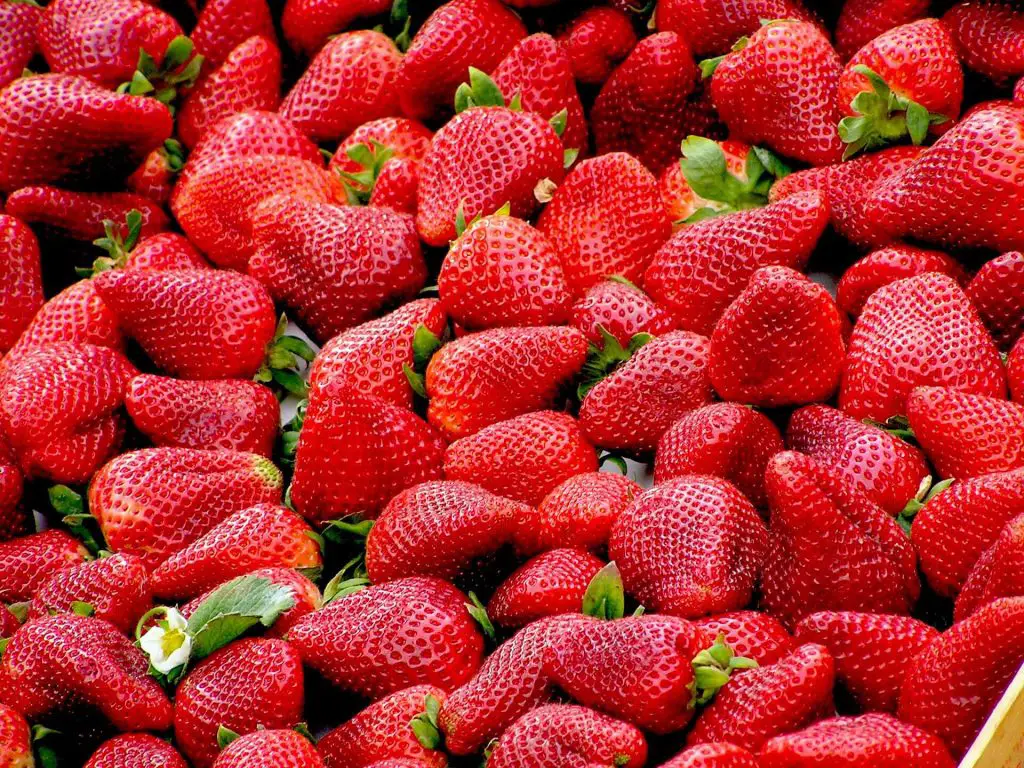
5. Blueberry
Companion planting raspberries and blueberries is a bad choice. Blueberries require acidic soil to thrive. The pH of the soil should be 4.8-5.5 whereas raspberries require mildly acidic soil which is about pH 6.0.
Related Posts
- 9 Best Permaculture Plants In 2022!
- Permaculture Flower Garden – Your Ultimate Organic Guide For 2022
FAQs On Companion Plants for Raspberries
Can Raspberries Grow Under Fruit Trees?
Wondering if raspberries can grow under fruit trees? With adequate water, sunlight and nutrients provided raspberries can be grown under fruit trees. Make sure the fruit tree does not block the sunlight entirely from reaching the raspberry plant.
Reduction in sunlight may cause reduced raspberry yield. Regular pruning of the canopy of the fruit tree can ensure that sufficient sunlight reaches the raspberry plant. You can use this affordable pruning kit.
Ensure enough space is maintained between the fruit tree and the raspberry plant to maintain enough aeration.
You can also place a trellis or any support under the fruit tree and plant raspberries on them. This can help to shape the plant and prevent them from collapsing.
How Close Should Raspberries Be Planted?
So, how close should raspberries be planted? Raspberry plants should be planted 18 -24 inches apart. When you are planting potted plants keep the crown about 1 – 2 inches above the ground.
Raspberries tend to grow together into a huge wild raspberry bush. Without proper spacing, you might find an impenetrable and hard-to-maintain hedgerow growing in your garden.
Avoid planting Red, Gold, or Purple raspberries within 75 to 100 feet of black raspberries as black raspberries are more susceptible to disease.
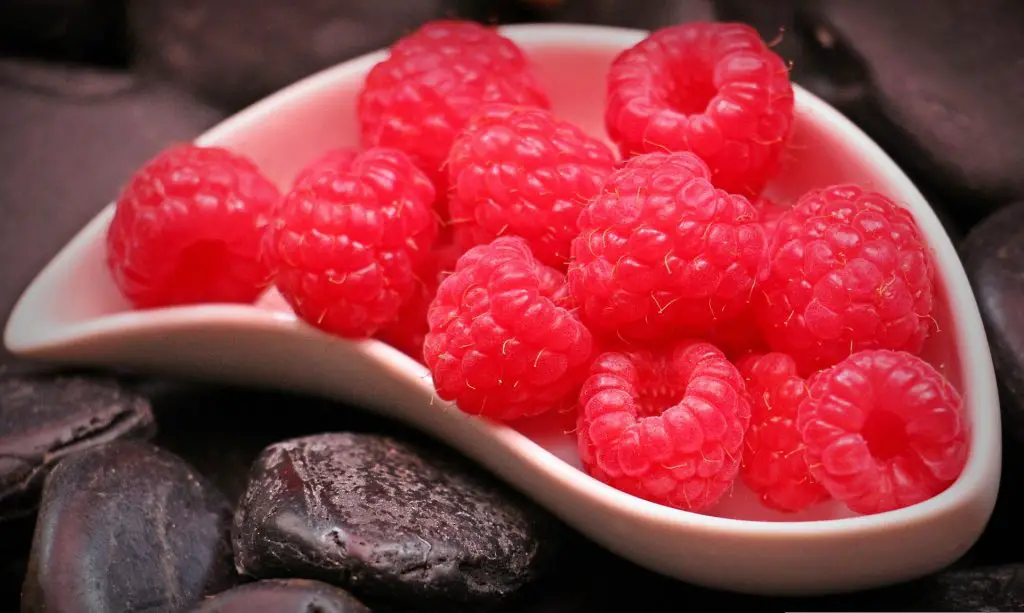
What Is The Best Place To Plant Raspberries?
What is the best place to plant raspberries? Raspberry plants are easy to grow but they are also very sensitive plants. They need a sunny location to grow. To ensure a high yield of raspberry plants you must make sure they receive enough sunlight.
Raspberries need a slightly acidic soil pH of around 5.6-6.2. Well-drained soil is also important to keep the roots of the raspberry plant healthy. This tool can help you measure the soil pH and moisture level accordingly.
Companion planting can help solve the problems that come when growing raspberries.
Plant raspberries with a suitable companion plant to get the best results. A garden with diverse plants can repel pests, attract pollinators and prevent plant disease as well.
Raspberry bushes make a good addition to your garden. With companion planting raspberry you will have a healthy plant and juicy raspberry grown from your garden.
Related Posts





![How Often To Water Ferns Outside [+Growing Tips!]](https://aboveandbeyondgardening.com/wp-content/uploads/2021/10/How-Often-To-Water-Ferns-Outside-768x512.jpg)
![How To Pick Mint Leaves Without Killing Plant -Exact Steps! [2023]](https://aboveandbeyondgardening.com/wp-content/uploads/2022/10/how-to-pick-mint-leaves-without-killing-plant-768x512.jpg)
